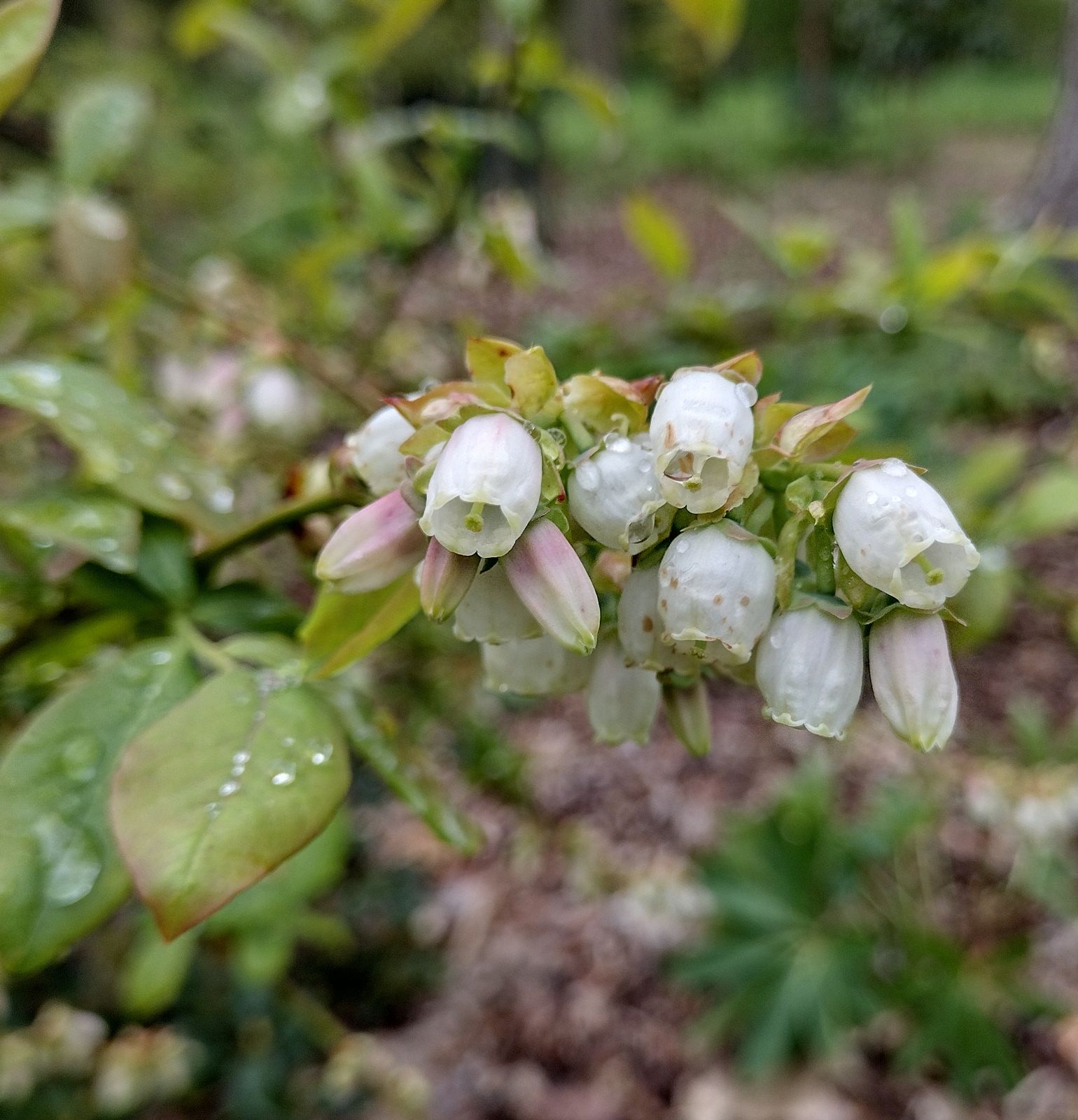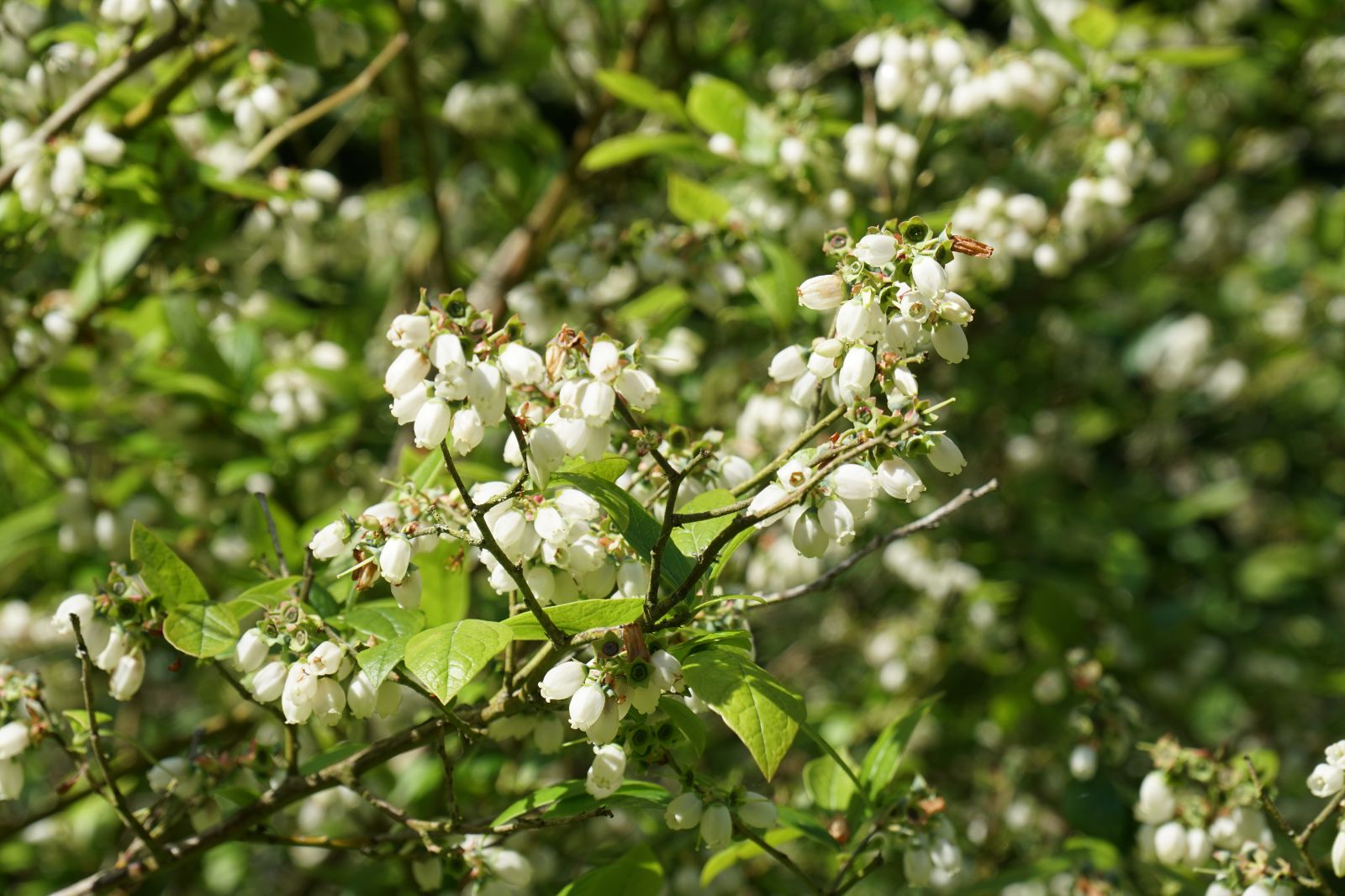Vaccinium corymbosum
Credits
Article from Bean's Trees and Shrubs Hardy in the British Isles
Recommended citation
'Vaccinium corymbosum' from the website Trees and Shrubs Online (treesandshrubsonline.
Genus
Common Names
- Highbush Blueberry
Infraspecifics
Other taxa in genus
- Vaccinium angustifolium
- Vaccinium arboreum
- Vaccinium arctostaphylos
- Vaccinium bracteatum
- Vaccinium caespitosum
- Vaccinium canadense
- Vaccinium crassifolium
- Vaccinium delavayi
- Vaccinium duclouxii
- Vaccinium dunalianum
- Vaccinium erythrocarpum
- Vaccinium floribundum
- Vaccinium fragile
- Vaccinium glauco-album
- Vaccinium hirsutum
- Vaccinium × intermedium
- Vaccinium japonicum
- Vaccinium macrocarpum
- Vaccinium membranaceum
- Vaccinium moupinense
- Vaccinium myrsinites
- Vaccinium myrtillus
- Vaccinium nummularia
- Vaccinium oldhamii
- Vaccinium ovalifolium
- Vaccinium ovatum
- Vaccinium oxycoccus
- Vaccinium padifolium
- Vaccinium parvifolium
- Vaccinium praestans
- Vaccinium stamineum
- Vaccinium uliginosum
- Vaccinium urceolatum
- Vaccinium vacillans
- Vaccinium virgatum
- Vaccinium vitis-idaea
A deciduous shrub, 4 to 12 ft high, forming a dense thicket of erect, much-branched stems; young shoots downy to nearly glabrous. Leaves ovate to oval-lanceshaped, 1 to 31⁄2 in. long, half as wide; tapering at both ends, very shortly stalked, downy beneath on the midrib and veins, not toothed. Flowers produced during May in a series of short, few-flowered clusters near and at the leafless ends of the previous season’s twigs. Corolla cylindrical, but narrowed near the mouth, 1⁄4 to 1⁄2 in. long, white or pale pink. Berries black, covered with a blue bloom, and from 1⁄4 to 1⁄2 in. wide, variable in size, colour, and flavour.
Native of eastern N. America; introduced in 1765. In British gardens this is the commonest, often the only N. American vaccinium. It not only grows well and blossoms freely, but its leaves turn to beautiful shades of red before falling in the autumn.
V. corymbosum is a very variable species, which has been shown to be polyploid and may be the result of hybridisation in post-glacial times between species that survived the Ice Age in southern habitats. Numerous variants have been named, and the following are still recognised in recent works of American botany:
f. albiflorum (Hook.) Camp
Synonyms
V. albiflorum Hook.
V. corymbosum var. amoenum A. Gr., not V. amoenum Ait.
V. c. var. albiflorum (Hook.) Fern
f. glabrum (A. Gr.) Camp
Synonyms
V. corymbosum var. pallidum A. Gr., not V. pallidum Ait
V atrococcum (A. Gr.) Heller
Synonyms
V. corymbosum var. atrococcum A. Gr



